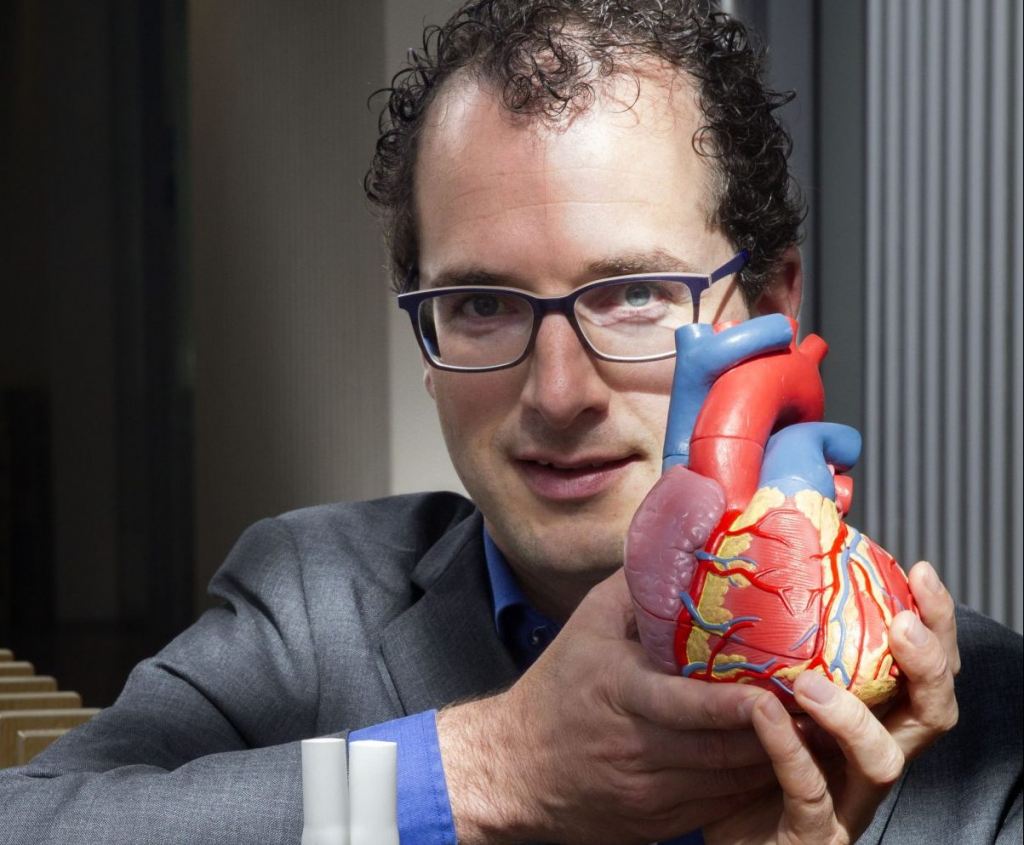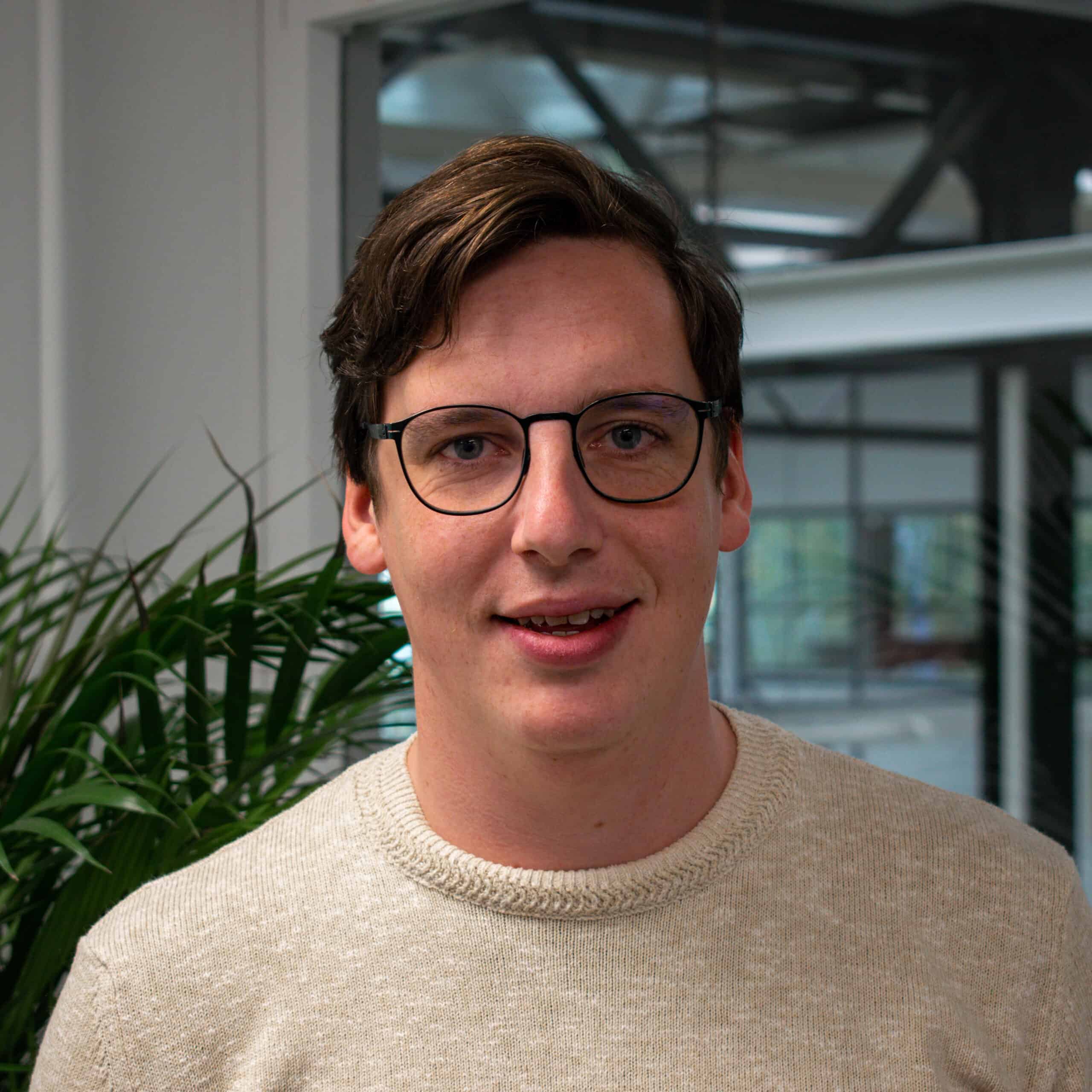

On the initiative of E52 and High Tech Campus, the 10 most promising startups-to-watch from the Brainport Eindhoven region have been announced for the fourth consecutive year. On July 12th they received a Gerard & Anton Award. The winning companies are highlighted one by one in an interview. Today part 9; read the whole series here.
Plastic heart valves that are absorbed and broken down by the body, allowing the patient to make a natural heart valve, that is the purpose of Xeltis. In contrast with the current heart valves, these heart valves may last a lifetime. As a result, patients no longer have to swallow blood thinners. Xeltis wants to be the standard in health care in ten years. CTO Martijn Cox tells about the ambitions and the progress of the company.
General
Xeltis was founded in 2006 as a spin-off of the University of Zurich. In 2012 QTIS/e, a spin-off of the TU/e, fused with Xeltis and continued under that name.
There are fifty people working at Xeltis, of whom five in Switzerland and the majority in Eindhoven, where the research is also being done.
There is no turnover yet, the company is still running on subsidies and investors. Before a turnover can be made, the products first have to go through a long research and testing process.
Xeltis’ goal is to deliver heart valves worldwide, research and testing already takes place worldwide.
Why are you doing this?
“We are working to solve a big problem. Every year, hundreds of thousands of people need a new heart valve and this technology will make that a lot easier and cheaper. Our goal is to help these people and make heart valves that are absorbed by the body itself. This goal isn’t only ideological, there obviously also has to be a good business plan, we are a company, after all.”
“The best moment was definitely when the first patients in the hospital got our heart valves, I will never forget that.”Martijn Cox, CTO of Xeltis
At what moment did you think ‘I’m quitting!’?
“I actually never did. They have been working with this technology on the TU/e for twenty years and when I set up my own company ten years ago, I knew what I wanted to do with this. Of course, there are setbacks, for example when a test result isn’t as good as you’d hoped, but we also learn from that.”
At what moment were you totally lyrical?
“The best moment was definitely when the first patients in the hospital got our heart valves, I will never forget that. We also like to celebrate our achievements, so if we made progress and have something to celebrate, we do that with the whole team.”
What can we expect from you the next 12 months?
“We are currently still in the testing phase, the first children have now gotten the heart valves and we expect the results of it this year. There is still a lot that needs to be tested before the product can enter the market, so that can still take a few years. We have now focused on heart valves for children, but the technology behind it can be used much wider. In the future, we’ll also be able to make this for adults and we can also start focusing on blood vessels and other applications.”

